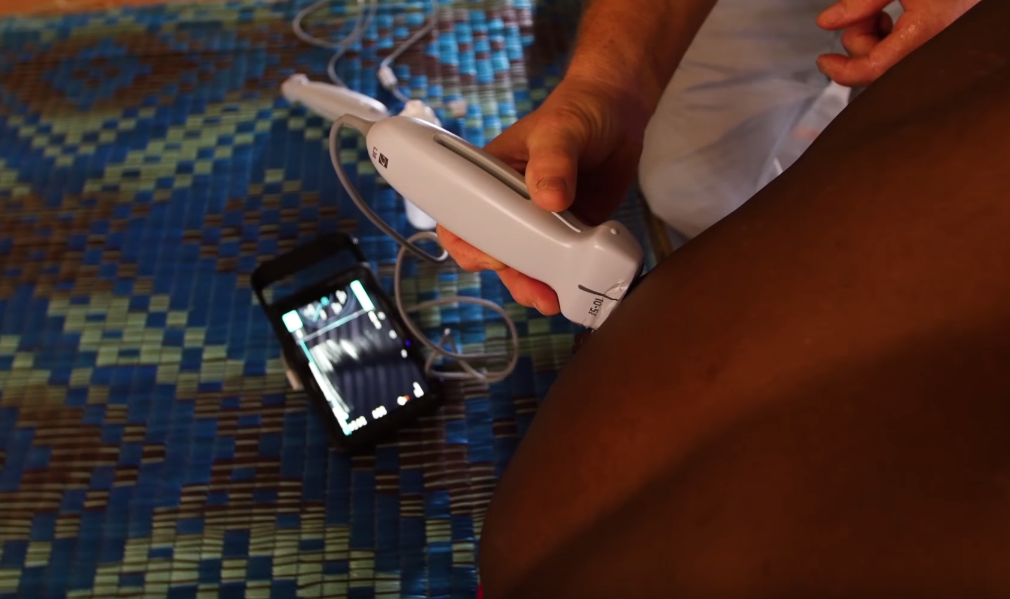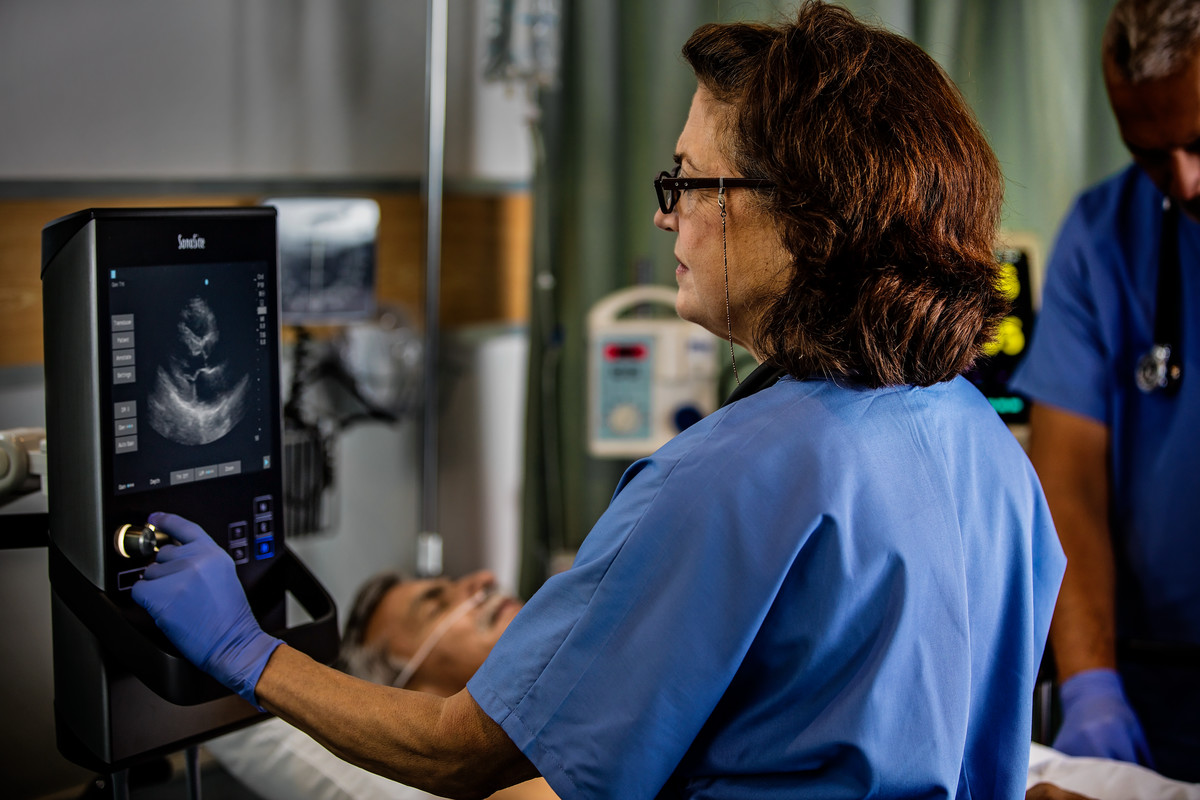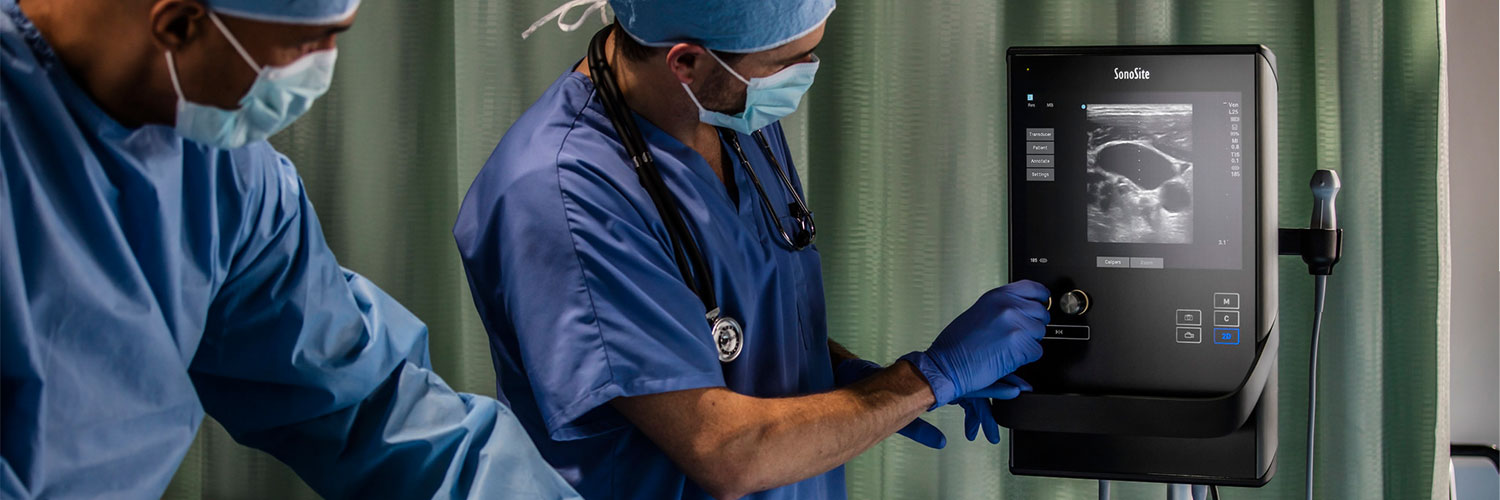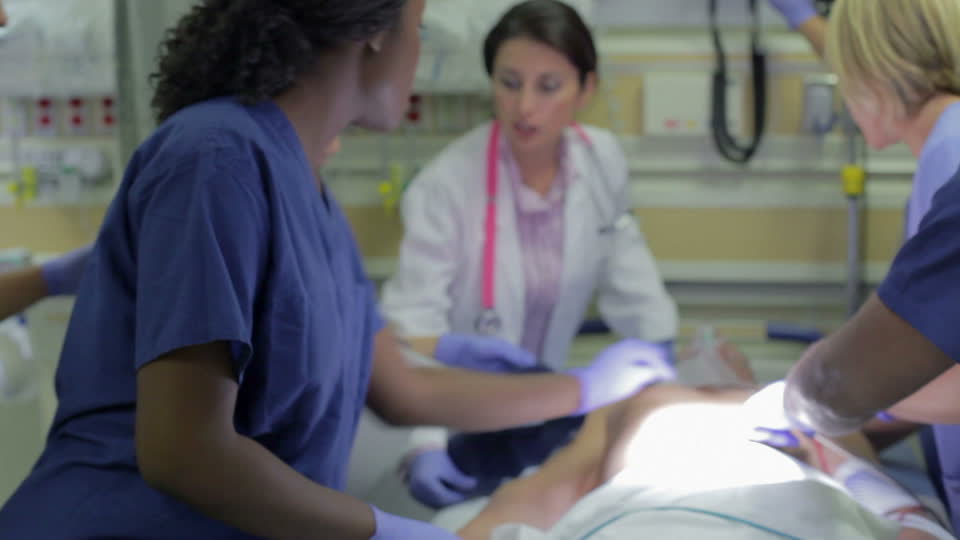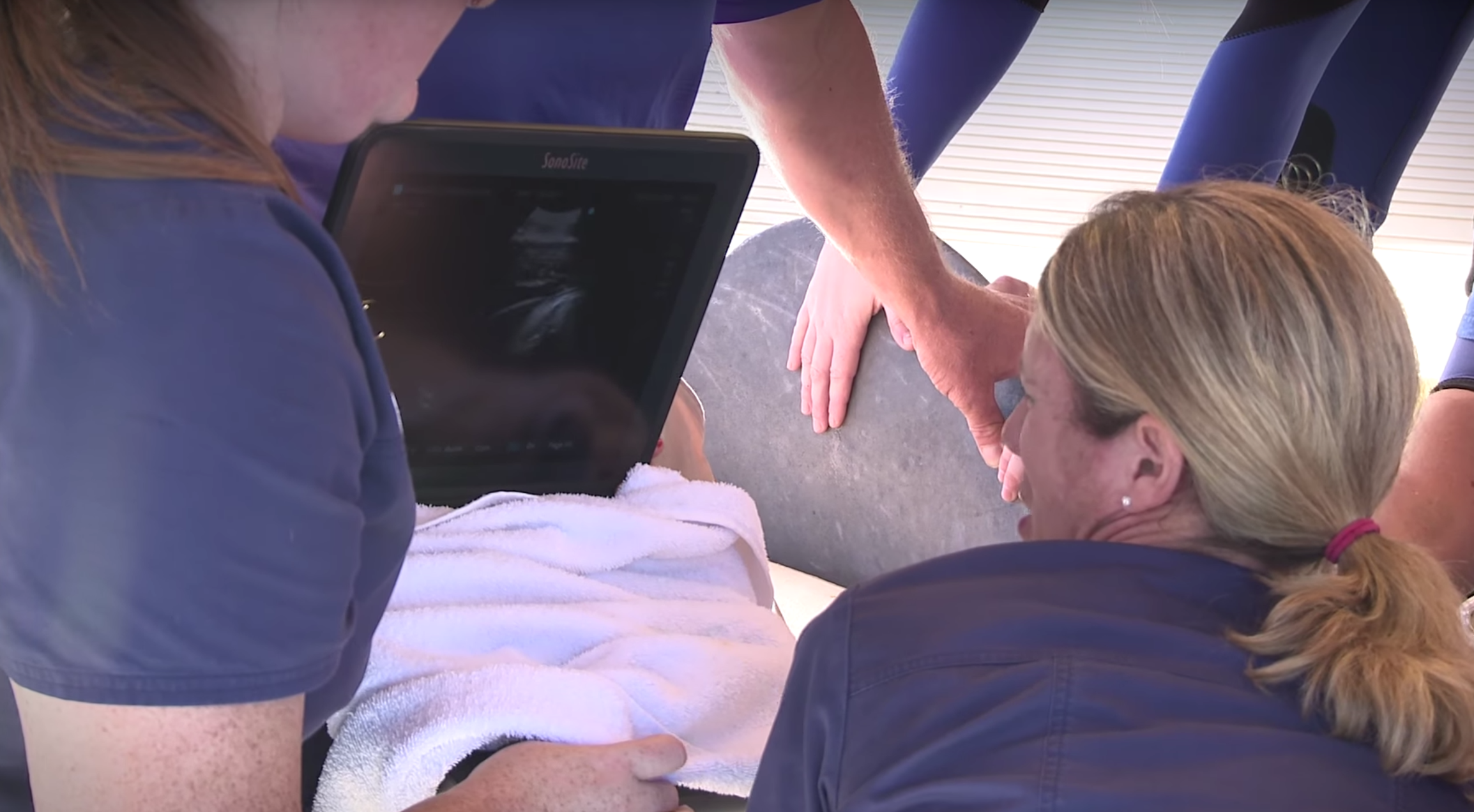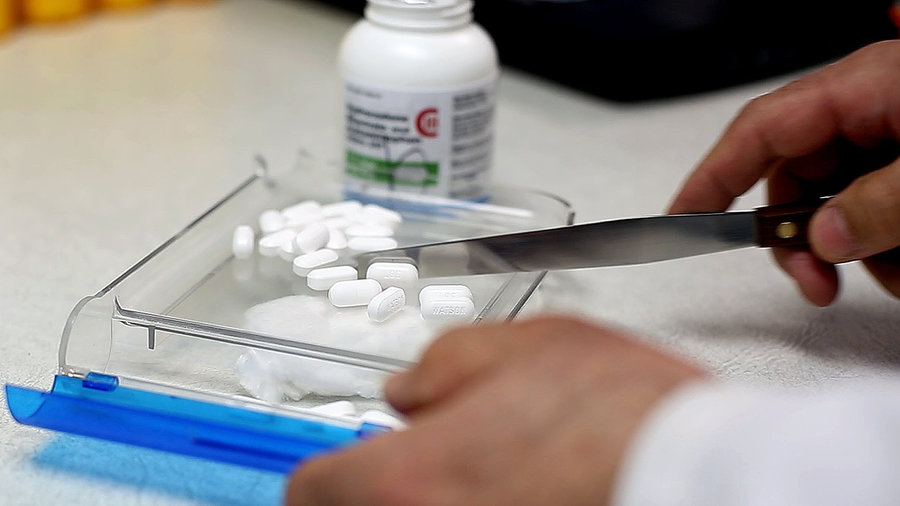Case Study: Point-of-Care Ultrasound in Resuscitation Situations

How valuable is the use of point-of-care ultrasound in resuscitation situations? Consider the following case study, provided by Dr. Mark Mensour, ER physician, Assistant Professor at the Northern Ontario (Canada) School of Medicine and course developer for Emergency healthcare practitioners.


